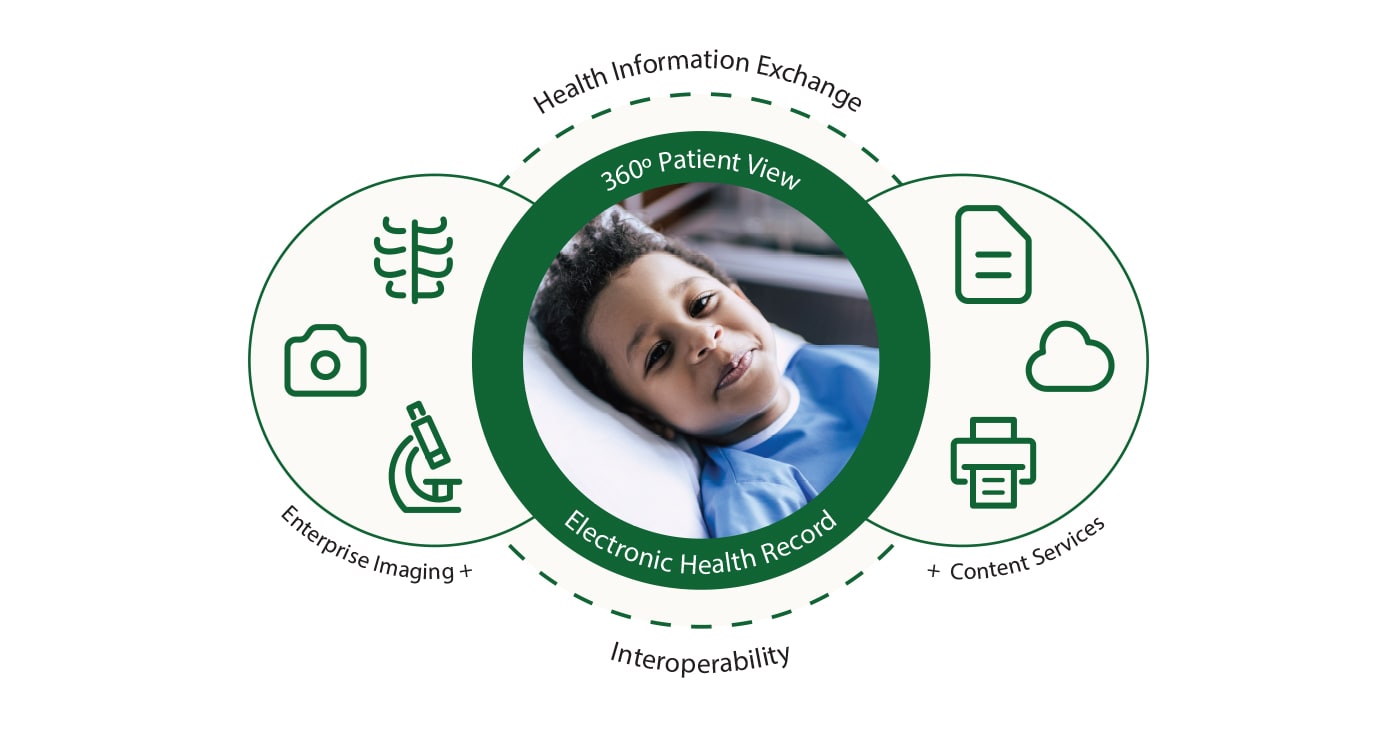A Comprehensive Overview on How Health Care RCM Works to Simplify Payment and Collections
Browsing the intricacies of healthcare revenue cycle management (RCM) is essential for suppliers aiming to boost their payment and collections procedures. The overview unloads the ins and outs of RCM, from patient enrollment to receivables management, supplying insights right into optimizing each step. Integrating advanced technology and standardized procedures can substantially minimize insurance claim denials and speed up settlement cycles. Yet, truth difficulty hinges on flawlessly combining these elements to increase capital. As we discover the core parts and approaches that drive efficiency, one concern remains: exactly how can health care entities best setting themselves to flourish financially in an ever-evolving industry?
Understanding Profits Cycle Administration
RCM is a critical management function that incorporates the whole monetary process of person treatment, from the initial visit establishing to the last payment of the balance. It is a complicated procedure made to identify, collect, and manage the profits from the solutions offered to individuals.
The RCM process starts when a patient schedules an appointment and expands through the client's care trip, including payment and collections. A crucial objective is to decrease the time between providing a solution and receiving repayment, hence improving the organization's monetary health and wellness. RCM involves numerous functions such as person enrollment, insurance confirmation, fee capture, coding, declares submission, repayment posting, and managing denials and allures.
Secret Elements of RCM
In the realm of Profits Cycle Management (RCM), understanding its vital elements is fundamental to achieving financial efficiency within health care organizations. RCM is a thorough procedure that encompasses different stages, each crucial to ensuring reliable invoicing and collections. The primary parts include patient registration, insurance policy confirmation, charge capture, coding, insurance claim submission, settlement posting, and accounts receivable administration.


Once coded, cases are sent to payers, where precision is extremely important to prevent delays or rejections - Healthcare RCM. Repayment posting includes taping the obtained settlements, which permits the reconciliation of accounts. Lastly, accounts receivable administration concentrates on monitoring and resolving unpaid insurance claims, making sure prompt follow-up and resolution
Each element of RCM is adjoined, and ineffectiveness in any part can interrupt the whole cycle. For that reason, grasping these components is essential for healthcare providers to optimize income and enhance their economic wellness.
Methods for Effective Billing

Standardizing billing treatments throughout the company is one more essential approach. Establishing clear guidelines for documents, coding, and submission assists keep uniformity and conformity with governing demands. Educating team routinely on these treatments makes sure every person is current with the current modifications additional reading in invoicing codes and payer plans.
Precise fee capture is necessary in protecting against earnings leak. Applying regular audits and tracking systems enables the recognition and modification of disparities prior to they affect income. Additionally, keeping open lines of communication with payers assists to promptly resolve any conflicts or misunderstandings that may emerge.

Finally, engaging patients early in the invoicing procedure by giving clear price quotes and academic products regarding their financial responsibilities can considerably lower confusion and improve payment timeliness. These methods jointly add to a more effective and financially healthy and balanced payment system.
Enhancing Collections Procedures
A durable collections process is essential for preserving monetary security within healthcare companies. Provided the complexities of clinical invoicing and the selection of payer needs, boosting the collections process involves executing critical measures that make sure timely and accurate payment of solutions rendered. Central to this is making use of modern technology to automate and enhance procedures, improving and decreasing hand-operated mistakes effectiveness. Automation devices can aid in tracking claim standings, sending out timely reminders to patients, and taking care of rejections more successfully.
Transparent and clear patient communications are crucial. Giving in-depth descriptions of fees and providing adaptable settlement strategies can enhance patient fulfillment and timely repayments.
Routine audits of the collections procedure must be carried out to identify locations for renovation and make certain conformity with laws. By assessing information, medical care organizations can identify trends, expect possible issues, and adapt strategies as necessary (Healthcare RCM). Inevitably, a well-enhanced collections process not just sustains monetary health but likewise adds to a much more seamless experience for individuals and staff alike
Optimizing Income Streams
Building upon the foundation of a strong collections process, health care organizations can better boost their monetary security by purposefully maximizing earnings streams. This includes a multi-faceted strategy, beginning with a thorough analysis of existing income sources to identify inadequacies and locations for growth. Using sophisticated information analytics here devices allows organizations to acquire insights into payer mix, patient demographics, and service use patterns, permitting data-driven decisions that boost earnings capture.
Executing automated payment systems can dramatically lower mistakes and expedite claims refining, making sure that revenue is gathered a lot more efficiently. Additionally, enhancing payer contracts via normal settlements can boost repayment rates and terms, straight affecting the lower line. Diversifying service offerings, such as incorporating telehealth or health programs, can additionally draw in a wider person base, therefore raising revenue capacity.
One more critical component is boosting individual interaction and contentment, as completely satisfied patients are most likely to follow treatment strategies and make timely settlements. Using anchor flexible settlement alternatives and transparent payment methods can enhance collections and foster patient commitment. Healthcare RCM. By taking on these approaches, health care organizations can develop an extra durable financial structure, ensuring continual growth and stability in an ever-changing sector landscape
Final Thought
To conclude, medical care Income Cycle Management (RCM) plays a critical function in optimizing payment and collections processes by integrating crucial parts such as person enrollment, insurance policy verification, fee capture, coding, claims entry, and accounts receivable management. By utilizing sophisticated modern technology, standardizing treatments, and promoting client engagement, medical care suppliers can dramatically reduce claim denials, speed up repayment cycles, and enhance capital. This comprehensive strategy to RCM ultimately leads to improved financial efficiency and sustainability for medical care companies.
The RCM process starts when a client schedules a visit and extends through the person's treatment journey, including invoicing and collections.Another vital element is enhancing person interaction and contentment, as satisfied individuals are extra likely to stick to therapy plans and make timely payments. Providing adaptable payment alternatives and clear invoicing methods can improve collections and foster patient loyalty.In conclusion, health care Income Cycle Management (RCM) plays a crucial function in enhancing billing and collections processes by integrating key components such as person enrollment, insurance verification, charge capture, coding, asserts entry, and accounts receivable administration. By utilizing sophisticated innovation, standardizing treatments, and cultivating patient involvement, medical care providers can significantly reduce case rejections, speed up payment cycles, and boost money flow.